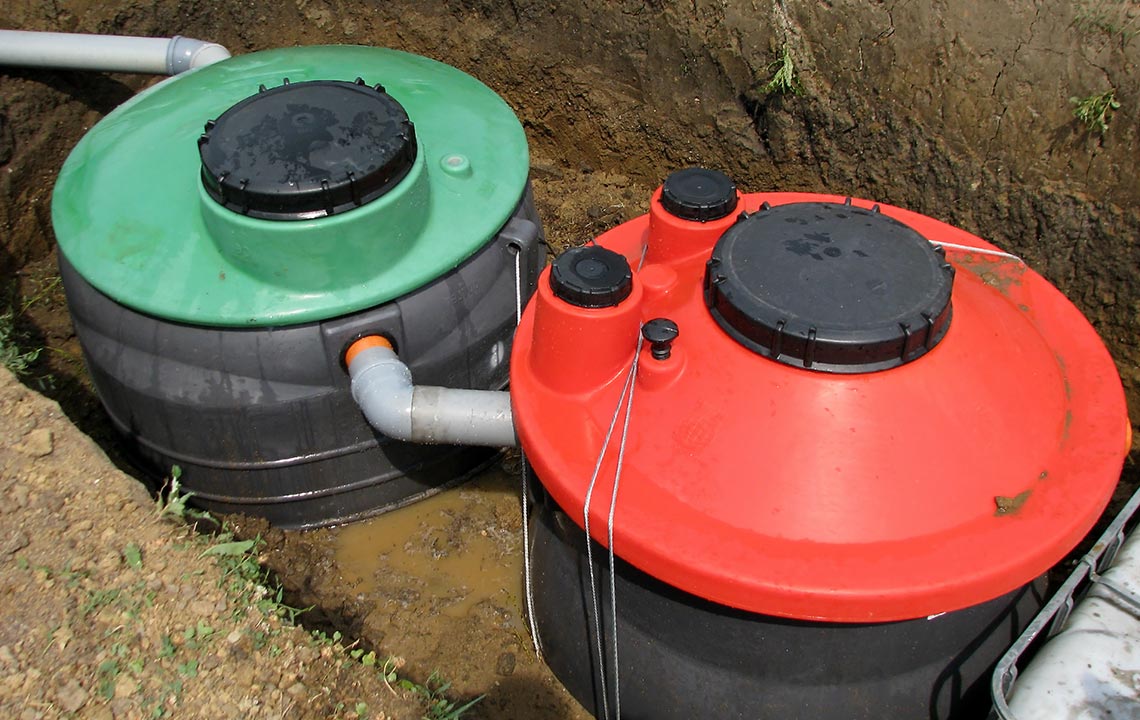How to Tell If Your Septic System Needs a New Drain Field

Determining whether your septic system needs a new drain field (also known as leach field or absorption field) is crucial for maintaining the functionality and efficiency of your wastewater treatment system. The drain field plays a critical role in the final stage of wastewater treatment by allowing effluent from the septic tank to filter and percolate into the soil. Over time, drain fields can become compromised due to various factors, necessitating replacement to avoid sewage backups, environmental contamination, and costly repairs. Here’s how to tell if your septic system needs a new drain field:
Signs of Drain Field Failure
- Soggy or Soggy Areas: One of the most common signs of drain field failure is the presence of soggy or waterlogged areas above the drain field, especially during dry weather. This indicates that the soil is not absorbing the effluent properly, potentially due to clogging or saturation.
- Sewage Odors: Persistent sewage odors around the drain field area or inside the home can indicate that the drain field is not adequately treating wastewater. Odors may result from untreated effluent surfacing or backing up into the septic tank or plumbing fixtures.
- Slow Draining Fixtures: Slow drainage or gurgling sounds in sinks, toilets, or showers throughout the house can signal a problem with the drain field. When the drain field fails, wastewater may back up into plumbing fixtures, causing them to drain slowly or inconsistently.
- Pooling Water: If you notice standing water or puddles forming above the drain field, it could indicate that the drain field is unable to absorb and distribute effluent effectively. Pooling water may also contain sewage, posing health risks and environmental concerns.
- Lush Vegetation or Algal Growth: Unusually lush vegetation or algae growth around the drain field area can indicate an excess of nutrients, suggesting that untreated effluent is seeping to the surface. This can occur when the drain field is unable to properly filter contaminants from the wastewater.
Age of the Septic System
Consider the age of your septic system when assessing the condition of the drain field. Drain fields typically have a lifespan of 15 to 25 years or more, depending on factors such as soil type, usage, maintenance, and environmental conditions. If your septic system is approaching or exceeds its expected lifespan and you are experiencing signs of drain field failure, it may be time to consider replacement.
Maintenance History and Effluent Quality
Review the maintenance history of your septic system, including pumping schedules, inspections, and repairs. Regular maintenance helps extend the lifespan of the drain field by preventing solids from clogging the soil and allowing for proper absorption of effluent. Poor maintenance practices or infrequent pumpings can lead to premature drain field failure.
Previous Issues with Drain Field
If you have experienced recurring problems with your drain field, such as frequent backups, odors, or wastewater surfacing, it may indicate underlying issues that warrant replacement. Repairs or temporary fixes may not resolve chronic drain field problems effectively, and replacement may be necessary to restore proper functionality.
Professional Inspection and Evaluation
Consult with a licensed septic system professional or soil scientist to conduct a thorough inspection and evaluation of your drain field’s condition. Professionals can perform soil tests, inspect the drain field components, and assess the overall performance of the septic system. They will provide recommendations based on their findings and determine if replacement is necessary.
Considerations Before Replacement
Before replacing the drain field, consider the following factors:
- Percolation Test: Conduct a percolation (perc) test to evaluate the soil’s ability to absorb water. This test helps determine if the soil conditions are suitable for installing a new drain field and if any amendments are needed.
- Permitting and Regulations: Obtain necessary permits and comply with local regulations before replacing the drain field. Regulations may specify setback distances, soil requirements, and installation guidelines to protect groundwater and environmental quality.
- System Upgrades: Evaluate options for upgrading your septic system, such as installing advanced treatment units or alternative drain field designs, to improve efficiency and longevity.
Conclusion
Recognizing the signs of drain field failure and knowing when to replace your septic system’s drain field are essential for maintaining a functional and environmentally responsible wastewater treatment system. By monitoring for signs of failure, considering the age and maintenance history of your septic system, and seeking professional evaluation, homeowners can make informed decisions to ensure the long-term performance and reliability of their septic systems. Addressing drain field issues promptly can prevent costly repairs, protect property value, and safeguard environmental health for years to come. You may also want to have a look at what will destroy a septic tank and can I use a dishwasher with a septic tank system?




